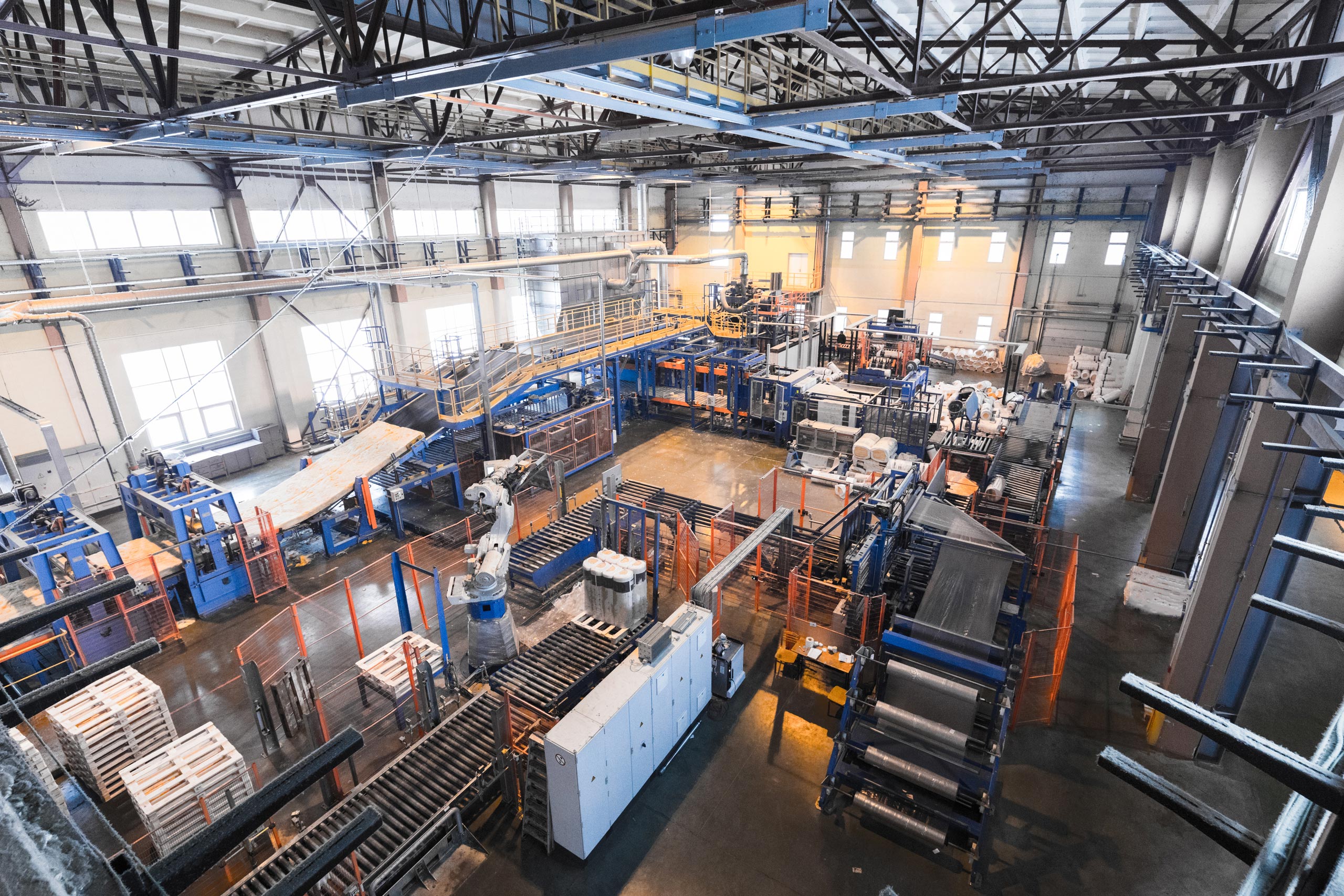
Duration: 0.50 Hrs
Course Level: Intermediate
Languages: English
Capability: Audio, Video
Pneumatics is defined as “using pressurized gases to do work.” Pneumatic systems are based on the controlled use of compressed air as a source of stored potential energy. By controlling how the air is released, the energy can be turned into movement. Pneumatics are used in handheld power tools, automatic doors, and conveyor systems. They are also used in aircraft for landing gear, flaps, and other instruments. The air brakes on buses and trucks are pneumatic, as well as some exercise machines. Typically, pneumatic systems are more flexible, less costly, and more reliable than many other types of electric motors.
Duration: 0.50 Hrs
Course Level: Intermediate
Languages: English
Capability: Audio, Video
First off, energy that is transmitted through a pneumatic system must be directed and under complete control at all times. If it isn’t, useful work may not be done, and machinery or machine operators could be harmed. In this interactive online course you will learn the basics of the pneumatic system, its operation, and its control. You will see diagrams of the components and get explanations for how the various parts work together.
By the end of this course, you will be able to:
Duration: 0.50 Hrs
Course Level: Intermediate
Languages: English
Capability: Audio, Video, MobileReady
How much do you know about Pneumatics? In this online, interactive course we’ll be examining a few pneumatic components and showing how they can be used in some basic circuits. We’ll begin with a definition and move through descriptions of the components and circuits.
By the end of this course, you will be able to:
Duration: 0.50 Hrs
Course Level: Intermediate
Languages: English
Capability: Audio, Video, MobileReady
Flow control valves used in pneumatic circuits affect actuator speed. Understanding how flow control valves operate will allow you to increase or decrease flow rate to meet the needs of your pneumatic circuits. This interactive online course will teach you about several types of adjustable flow control valves available. You will learn how flow control valves operate by reviewing different pneumatic circuit examples. Additionally, you will learn how an orifice is used to control flow rate. You will also learn about special purpose devices used in pneumatic circuits.
By the end of this course, you will be able to:
Duration: 0.50 Hrs
Course Level: Intermediate
Languages: English
Capability: Audio, Video, MobileReady
Pneumatic systems work because of a special property of fluids and the way these fluids transmit force and pressure. Understanding how fluids transmit energy will allow you to maintain your pneumatic control systems at desired operating conditions. This interactive online course will teach you about the different sources of pneumatic energy along with how force is carried through gases and liquids. Additionally, you will learn ways compressed air is used in pneumatic systems. You will also learn about calculation methods for determining how much pressure is generated in gases.
By the end of this course, you will be able to:
Duration: 0.50 Hrs
Course Level: Intermediate
Languages: English
Capability: Audio, Video, MobileReady
Do you know how compressors are used? Were you aware that gas is actually a fluid? In this interactive online course we will discuss the basics of gases and pressure. We will also discuss compressors and how pressure is measured.
By the end of this course, you will be able to:
Duration: 0.50 Hrs
Course Level: Intermediate
Languages: English
Capability: Audio, Video, MobileReady
Air compressors are used in industry to store compressed air or inert gases, which can then be used to power air motors, cylinders, and other pneumatic devices. Clean, dry air is essential for pneumatic systems to function properly, so it is important to remove moisture and contaminants to ensure optimum performance of the system. In this interactive online course, we will identify some components of air compressors, including aftercoolers, dryers, receivers, and air distribution systems.
By the end of this course, you will be able to:
Duration: 0.50 Hrs
Course Level: Intermediate
Languages: English
Capability: Audio, MobileReady
By the end of this course, you will be able to:
Duration: 1.00 Hr
Course Level: Intermediate
Languages: English
Capability: Audio, MobileReady
By the end of this course, you will be able to:
Duration: 0.50 Hrs
Course Level: Intermediate
Languages: English
Capability: Audio, MobileReady
By the end of this course, you will be able to:
Duration: 0.50 Hrs
Course Level: Intermediate
Languages: English
Capability: Audio, MobileReady
By the end of this course, you will be able to: